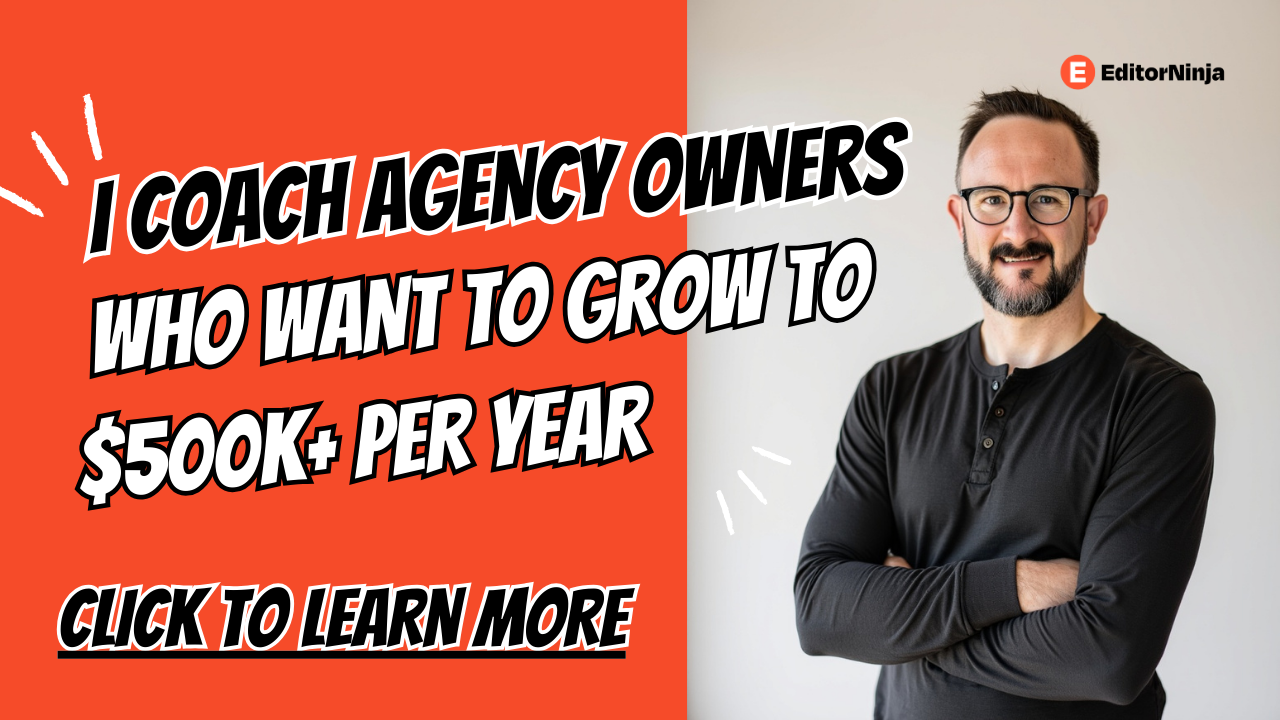After lunch came Rand Fishkin, CEO and Founder of SEOmoz. His talk was entitled “The future of linkbuilding”. Rand took this time to talk about brands and where search engines might be heading with their ranking signals.
Rand started by pointing out that links still rule the Internet. If you have enough text and anchor links, your site will rank well. Also, exact-match domain names are still very strong (though Matt Cutts has said they are dialing back the emphasis put on this). There are now some cases where known brands rank very well for terms related to their business, even though their websites are not optimized for it (think O’Neill and BodyGlove for wetsuits).
There are currently fewer sources than ever that offer links that really matter, and since Google and Bing are taking social signals into account, your online social circle matters more than ever.
Rand offered 30 different thoughts on what makes a brand. Unfortunately, I did not get all of them, but he gave a similar webinar a few months ago about this topic, which I hope you were part of.
Rand’s Ideas on Brand Signals
1) The signals of “Community” and “Authenticity”
Brands often have a Places page, put their staff and pictures on About pages, and have a recognizable name. Generics, or strictly online business with hyphenated, exact-match domain names do not usually have this.
2) Tweets can seemingly overpower links. SEOmoz has an interesting case study on SeeYourImpact where tweets outranked links.
The following can help you become a brand authority in your niche. Higher quality is better than higher quantity, in Rand’s opinion.
3) Infographics. Brands use infographics in cool and interesting ways. Generics do not.
4) High quality research. Brands do this to know where a need is, and then they meet it. Generics often do not have this power.
5) Watch ad placement. Too many ads looks spammy. Brands often do not have ad-heavy websites, because they are not focused on affiliate or advertising revenue.
At this point Rand said “You have to worry about user experiences. You have to worry about web design.” A good user experience can be a sign of a brand.
6) Watch your text block formatting. This point goes with the above, but often brands have better internal styling and do not look generic.
7) Build robust About pages. This is usually the second page someone clicks to. If you provide real faces of real people (see Point 1), you can build trust with your audience.
8 ) Brands provide real contact details for real humans. Rand said “Real humans have locations and girlfriends.”
9) Get testimonials. Brands often have testimonials about their products from real customers. Often these are both positive and negative, and a good brand will have both, as it means they are honest and transparent.
10) Optimize your conversion funnel. Brands often have a smooth funnel taking the visitor from landing on the site through the process of accomplishing what the site wants to accomplish, whether that be subscribing to a service or buying a product.
11) Brands attempt to satisfy the User’s needs. They ask what the customer needs and then they go meet that need. Generics often only ask what is in it for them.
Thoughts on creating a brand
1) Register your business with the local business bureau;
2) Build authentic social profiles on services like Twitter, Facebook, LinkedIn, and Quora.
2a) He also recommends using FollowerWonk, Zomga, and Lanyrd for social
contacts and finding people in your niche. Influencer search, done.
3) Earn branded search traffic. Get involved so that your brand becomes known for something and earns brand-name links. This could also take place by buying local newspaper advertising. (Rand said he knows that’s not a popular idea in SEO circles!)
4) Diversify your traffic. You should be getting traffic from many different places, including search, referral, and direct traffic. Look at your traffic metrics in Google Analytics. If 90%+ of your traffic comes from search, you are in a scary place. As Wil Reynolds told me, “Google can change their algorithm whenever they want!” According to Rand, you need to diversify your site traffic or risk getting caught in an algorithm update,
5) Finally, Rand said “CSS galleries are directory magic.” He recommends submitting your site design to many of them, if you are proud of your site, because the entries often stay on the front page for a long period of time and are followed links, thus passing link power for a long period of time.
Finally, Rand gave a *good tip* for getting a link from Wikipedia. He recommends using the Referral link at the bottom of the page you would like to have your site listed on. Recommend the site, and a moderator will decide if your site qualifies. If you’ve submitted to the right page, bam. Wikipedia link.
Sacrifice Short-Term for Long-Term Goals
At the end of the day, Rand said, “you have to be willing to sacrifice short-term gains for longterm ones.” I wish I had the quote, but he then said, “What if I am wrong? What if brand signals will not be used for search engine rankings? Well, then the website will be full of well-designed websites with quality information that are friendly to users and easy to navigate.”

